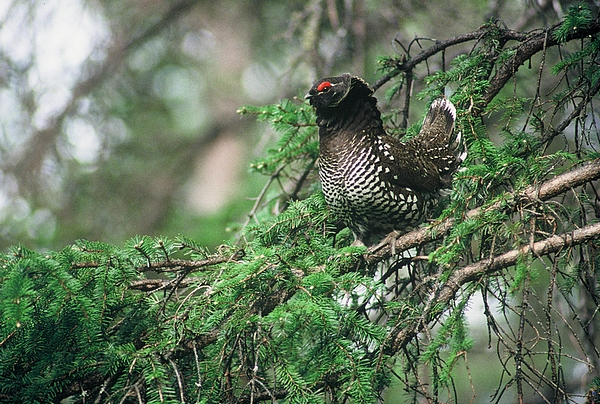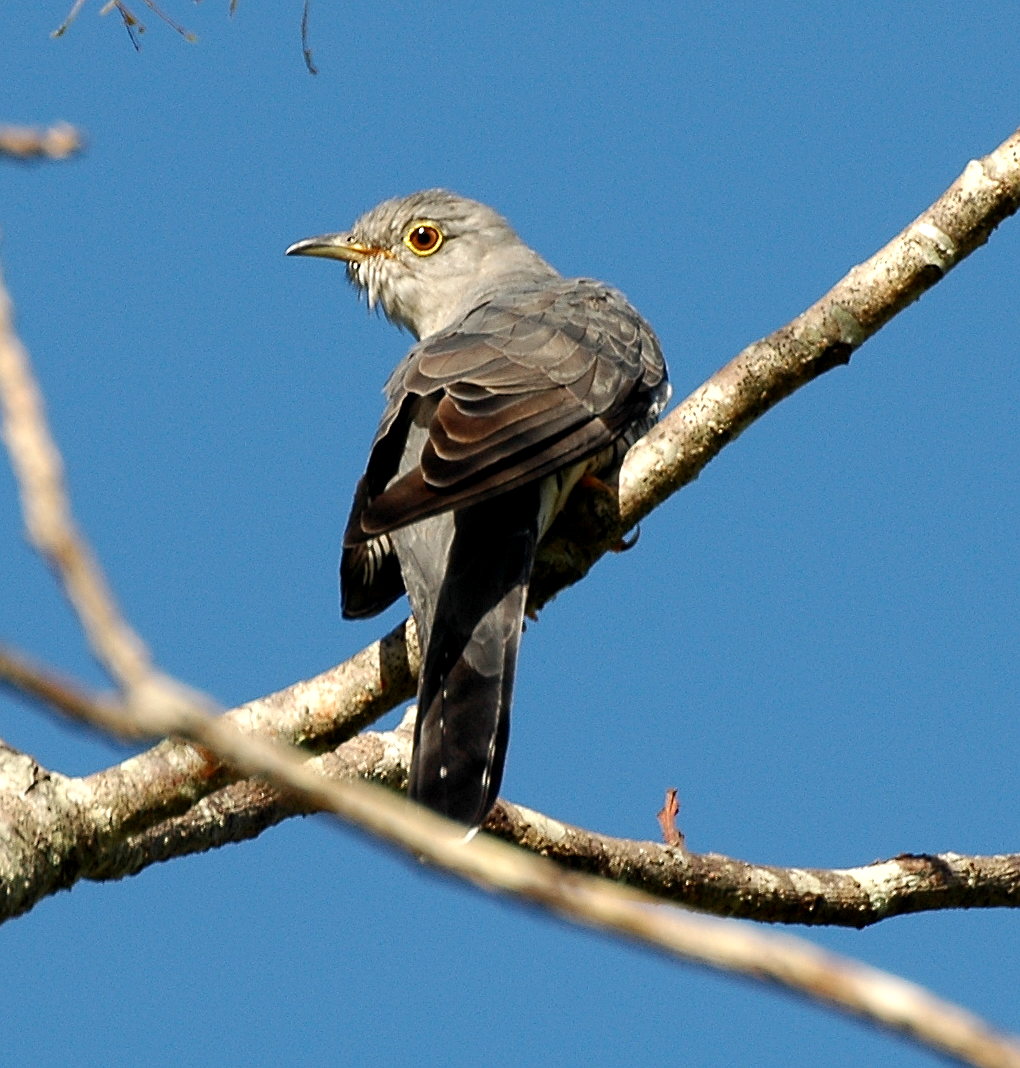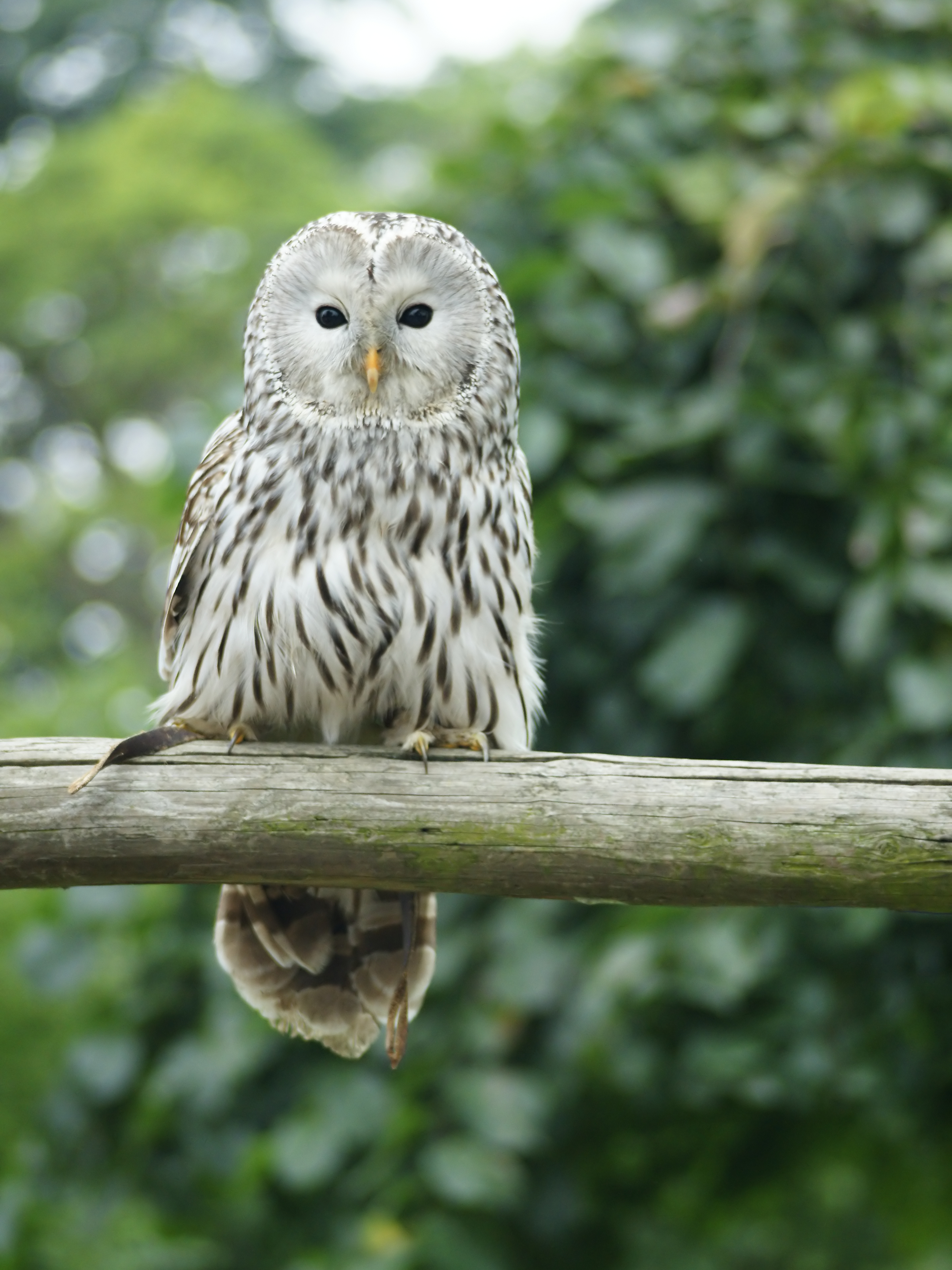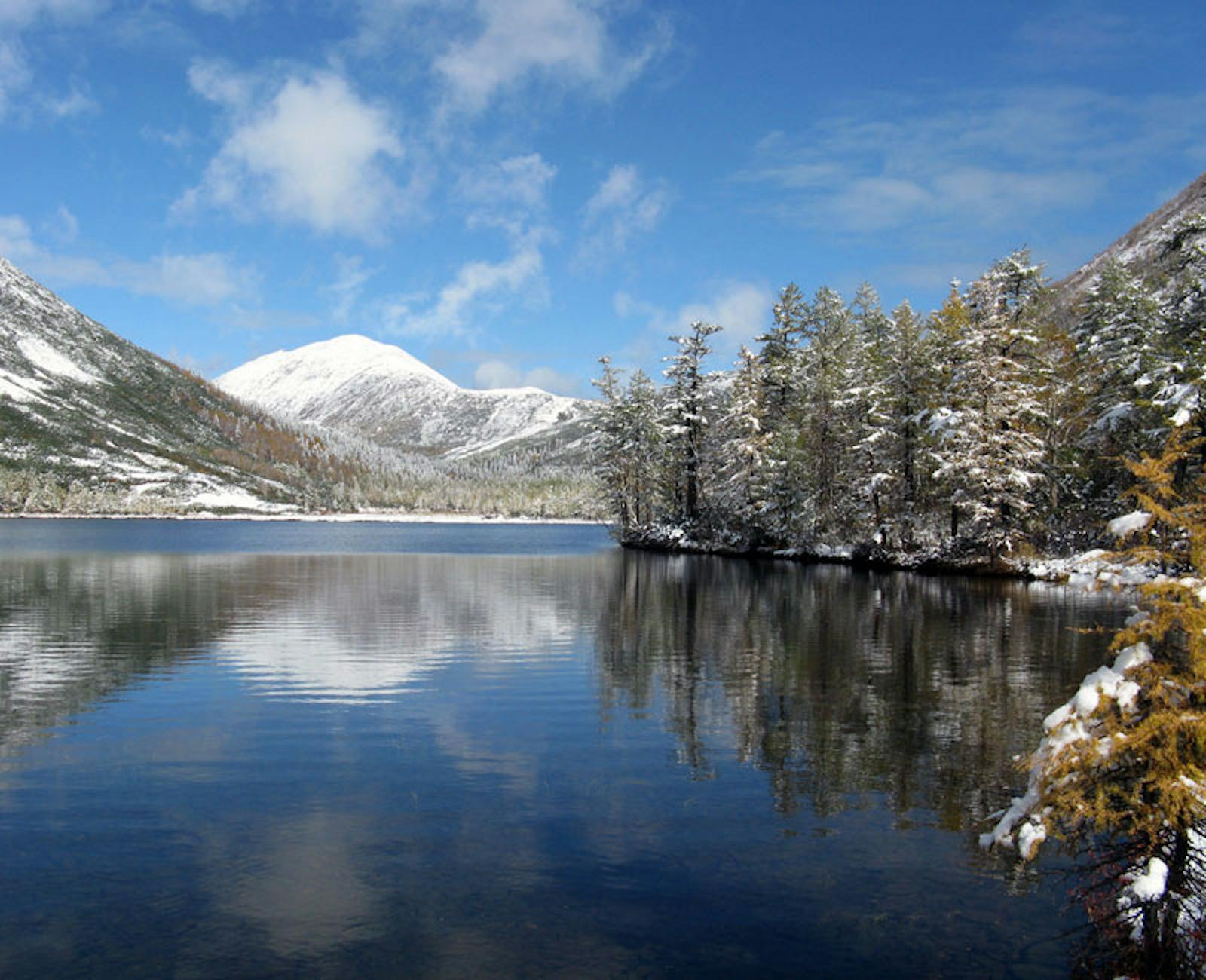Okhotsk-Manchurian Taiga
The ecoregion’s land area is provided in units of 1,000 hectares. The conservation target is the Global Safety Net (GSN1) area for the given ecoregion. The protection level indicates the percentage of the GSN goal that is currently protected on a scale of 0-10. N/A means data is not available at this time.
Bioregion: Sea of Okhotsk Coastal Taiga, Meadows & Tundra (PA6)
Realm: Subarctic Eurasia
Ecoregion Size (1000 ha):
40,291
Ecoregion ID:
715
Conservation Target:
90%
Protection Level:
1
States: Russia
The Okhotsk-Manchurian Taiga ecoregion is dominated by mountains and shaped by the Amur river. Reindeer and Siberian musk deer forage on lichen found in the forests of Dahurian larch and Yeddo spruce. Siberian grouse lurk in spruce forests whilst endangered spotted greenshanks require the combination of larch forests, coastal meadows, and mudflats. The critically endangered Kaluga and Amur sturgeon spawn in the Amur’s lower reaches.

The flagship species of the Okhotsk-Manchurian Taiga ecoregion is the Siberian grouse. Image credit: Franz Hafner, Creative Commons
This ecoregion is a place of great contrasts. It contains more than half of the Sikhote-Alin Mountain range, lower elevations of the Badzhal’skiy Mountains, and the eastern edges of the Dzhugdzhur Mountains. It also has the lower reaches of the great Amur River and large areas of associated wetland. Climatic influences from the Pacific Ocean result in warmer winters and cooler summers than further inland. The lower Amur and Okhotsk seacoast are among the most snow-rich areas of the world with 1-2 m of snow cover by the end of winter.

Oriental cuckoo. Image credit: Creative Commons
The forest structure is complex because of both latitudinal and vertical range. In the south of the ecoregion, Korean pine is found, sometimes mixed with broadleaved painted maple, Korean birch, Manchurian Ash, or Amur linden. Patches of these broadleaved species also grow with Manchurian oak, at the very edge of their range, on south-facing slopes along the Amur River.
The majority of the forest is composed of pockets of Yeddo spruce, mixed with hinggan fir towards the south, and widespread Dahurian larch. At higher altitudes, this conifer zone is replaced by Erman’s birch. Typical larch forest floors have alpine cranberry and Labrador tea bushes; spruce has abundant mosses and vscular species such as may-lily, northern buckler fern and sedges. The wide floodplain valleys of the Amur and its tributaries form innumerable oxbows and lakes surrounded by grasslands and narrow strips of forest.
The conifers here mark the southernmost range of wild reindeer and are also important for Siberian musk deer, both of which feed on the abundant lichen. Wapiti favor mountainous areas and moose are found throughout the ecoregion. Wolf, wolverine, brown bear, and lynx are widespread. Endangered spotted greenshanks and endangered Blakiston’s fish-owls rely on the combination of forest and wetland.

Ural owl. Image credit: Creative Commons
Breeding hooded cranes use the river valleys, while the Siberian grouse is a specialist of the Yeddo spruce and Hinggan fir forests. One of the world’s largest freshwater fish, the critically endangered Kaluga, is endemic to the Amur-Heilong River, most inhabiting the bay at the mouth of the river, feeding on salmon, spawning and juvenile herring and a variety of freshwater fish alongside the smaller, critically endangered Amur sturgeon.
Road, rail, and gas pipeline infrastructure have fragmented the forest. Logging was a major industry until around 1990, clearing more accessible areas. Gold, copper, and tin mining operations continue to develop. The region is particularly prone to wildfires, leading to an increase in the cover of larch forests. A number of large protected areas cover the coastal areas, wetlands, and mountains, including Tumninsky, the Shantarskoye Islands, Bureinsky, and Dzhugdzhursky.
.%20Wolverine%20standing%20on%20a%20rock.%20Image%20credit%20Dennis%20Jacobson%20Dreamstime.jpg)
Wolverine. Image credit: Matthias Kabel, Creative Commons
Both poaching and cutting down the spruce forest threaten the Siberian Grouse population. Threats to the Amur river include illegal fishing and pollution from upstream and from industries of the city of Komsomolsk-on-Amur. All waters are considered polluted and concentrations of zinc, nickel, copper, lead, and hydrocarbons in sediments are especially high. The expansion of sturgeon farming in China could risk wild populations through the capture of wild stock for breeding and the accidental release of hybrids.
The priority conservation actions for the next decade will be to: 1) prevent logging of primary spruce forests; 2) control pollution levels on the Amur and its tributaries; and 3) increase connectivity of protected areas.
Citations
- Joint Research Centre of the European Commission. 2019. The Digital Observatory for Protected Areas (DOPA) Explorer 4: Okhotsk-Manchurian Taiga. [Online]. [Accessed 28th November 2019]. Available from: https://dopa-explorer.jrc.ec.europa.eu/ecoregion/80443
- Krestov. P.V. 2003. Forest Vegetation of Easternmost Russia (Russian Far East). In: Kolbek, J., Srutek, M., Box, E.E.O. eds. Forest Vegetation of Northeast Asia. Dordrecht: Springer. pp. 93-180.
- Simonov, E.A. and Dahmer, T.D. eds. 2008. Amur-Heilong River Basin Reader. Hong Kong: Ecosystems Ltd.

.png?auto=compress%2Cformat&w=300)

